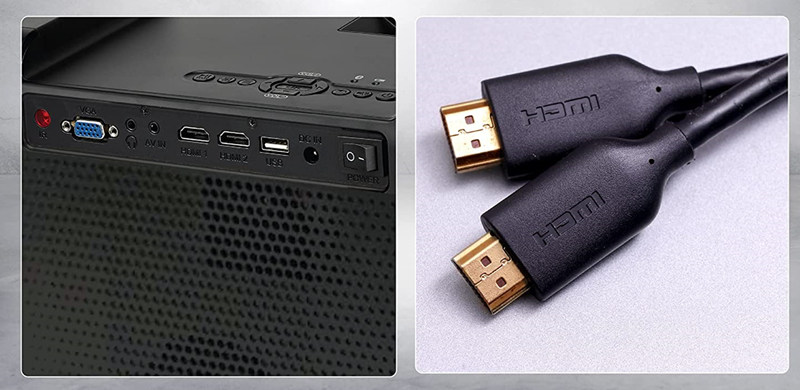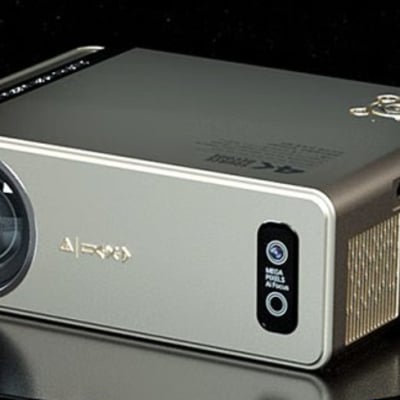This article will mainly analyze what are the advantages of HDMI 2.1.
The biggest advantage of HDMI2.1 is the bandwidth upgrade. The transmission bandwidth of HDMI2.0 is 18Gbps, while the bandwidth of HDMI2.1 is upgraded to 48Gbps. The most direct improvement brought by the increase in bandwidth is the increase in the amount of transmitted data. Secondly, HDMI 2.1 not only supports 4K 120Hz video transmission, but also 8K 60Hz.

In addition to higher bandwidth, HDMI2.1 also supports VRR (variable refresh rate). Gamers should know that when the screen refresh rate output by the graphics card does not match the refresh rate of the monitor, it may cause the screen to be unsmooth. The easiest way is to turn on vertical sync, but turning on vertical sync will lock the frame rate at 60FPS, which will affect the game experience.
To this end, Nvidia introduced G-SYNC technology, which coordinates the data synchronization between the display and GPU output through the chip, so that the refresh delay of the display is exactly the same as the GPU frame output delay. The same is the freesync technology introduced by AMD. VRR (Variable Refresh Rate) can be understood as the same as G-SYNC technology and freesync technology, which is used to prevent high-speed moving pictures from tearing or freezing, ensuring smoother and more complete game pictures.

At the same time, HDMI2.1 also brings ALLM (Auto Low Latency Mode). In the automatic low-latency mode, the user of the smart TV does not need to manually switch the low-latency mode according to the content played on the TV, but automatically enables or disables the low-latency mode according to the content played on the TV. In addition, HDMI2.1 also supports dynamic HDR.
Read more:




